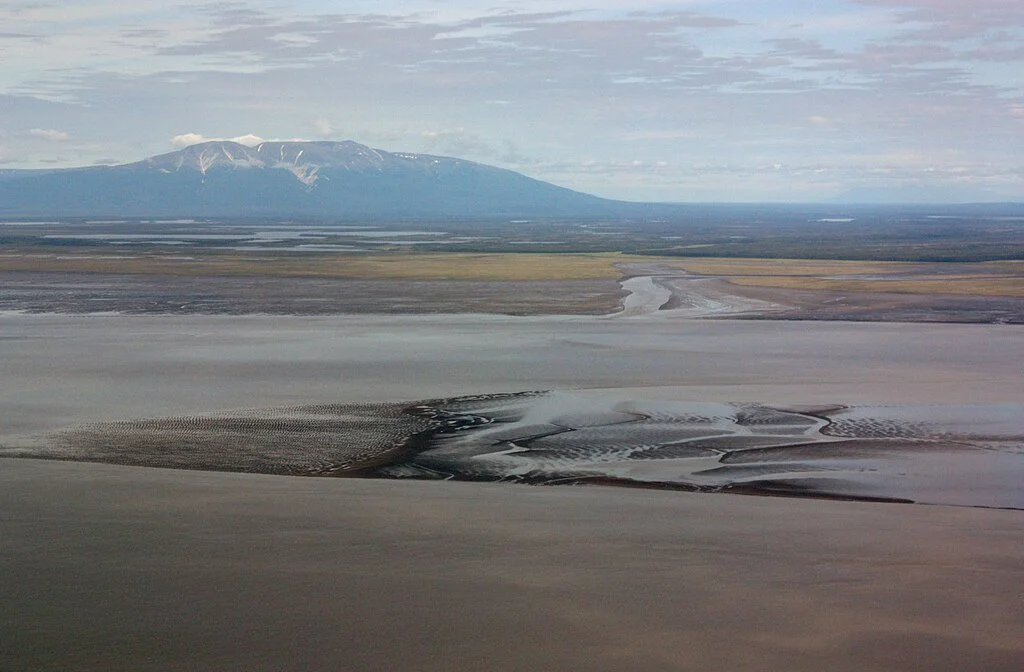Speak up for wildlife in Lake Clark National Park and Preserve!
AWA on The Wolf Connection Podcast!
Relevant News: Alaska's Governor accepted $55,000+ in hunting-related gifts last year
Action Alert: Strengthen Protections for National Wildlife Refuges
Victory in Our Lawsuit to Protect Beaufort Sea Polar Bears!
Opinion: Lamenting the state’s kill of Wood-Tikchik Park bears
Our Comments for the Interior Board of Game Meeting
Our Recent Victory for Endangered Beluga Whales!
Our 2023 Annual Report!
Our Comment to Restore the Eklutna River
Our Board of Fish Proposal to Support Critically Endangered Cook Inlet Beluga Whales
Today, wildlife take the stand
Our Comments on the Arctic Board of Game Proposals
Our Comment on the Ambler Road
Protect the Western Arctic Caribou Herd in Less Than 5 Minutes!
Tell BLM TO SELECT THE “NO ACTION” ALTERNATIVE
The state of Alaska is planning on building an industrial access road, known as the Ambler Road, along the southern Brooks Range. Why? To transport ore from a network of planned open pit copper mines in the northwest arctic.
Where is the proposed road?
The road would cross an area managed by the National Park Service, including 16 million contiguous acres, the largest in the country. This acreage includes Gates of the Arctic National Park and Preserve, Kobuk Valley National Park, Noatak National Preserve, Bering Land Bridge National Preserve, and Cape Krusenstern National Monument. These lands encompass a continuous ecologically intact landscape covering the western Brooks Range. This acreage alone is larger than the top 10 largest national parks in the contiguous U.S. combined — Death Valley, Yellowstone, Everglades, Grand Canyon, Glacier, Olympic, Sequoia, Big Bend, Joshua Tree and Yosemite — plus the state of Connecticut!
How would wildlife be impacted?
The landscape is also home to the Western Arctic Caribou Herd with more than 180,000 animals, making it one of the largest populations of caribou in North America. This herd travels up to 2,700 miles every year, the distance of Seattle, Washington, to Miami, Florida.
The proposed road, cutting from east to west across the north-south migration route of the caribou, could pose a serious barrier for the herd in its annual journey. There is scientific concern that the caribou would avoid the road and the industrial traffic along it, moving further west and away from Alaska Native villages that depend on the caribou for traditional subsistence use. If the road were to ever become public, it would put significant hunting pressures on the herd, further disrupting the historic migration patterns.
The road is just one piece to a larger story of industrialization of Northwest Alaska. The road would literally pave the way for the Ambler Mining District, which would only accelerate further development and activity that caribou would seek to avoid. Meanwhile, the herd population is currently in decline, dropping 23% in the last two years. The Western Arctic Caribou Herd will need its vast range to remain intact in order to adapt in a changing climate.
How can I help?
It's easy! Submit a comment to BLM by December 22, 2023.
Tell the BLM to protect the Western Arctic Caribou Herd by choosing the No Action Alternative in the Supplemental Environmental Impact Statement (SEIS) :
https://eplanning.blm.gov/eplanning-ui/project/57323/595/8004057/comment
Spread the word and share with others! Thank you for your support!
AWA on Wild for Change Podcast: Beluga Whales
Our comments on the Johnson Tract Permit
AWA in the news: One of the Largest Caribou Herds in Alaska is Careening Towards Extinction
“In the past three decades, the Mulchatna caribou herd of southwestern Alaska has gone from nearly 200,000 to 12,000. Last year, the state wildlife agency’s Board of Game started to explore ways to help the struggling population. It landed on a controversial solution called "intensive management," also called predator control, which directs wildlife officials to indiscriminately kill predators. It was the first time the state included bears in the hunt, a decision that had no public process and was conducted without bear population estimates.”
AWA on the Wild for Change Podcast
AWA in the news: State wildlife officials trying to revive Southwest Alaska caribou killed almost 100 brown bears in less than a month
‘The surprisingly high number of bears killed in the Mulchatna program is “especially egregious” given those findings, said Carol Damberg, board president of the Alaska Wildlife Alliance. "They’re ignoring their own biology ... they’re not following the science,” Damberg said Thursday. “If they were, they wouldn’t be doing this.”’























